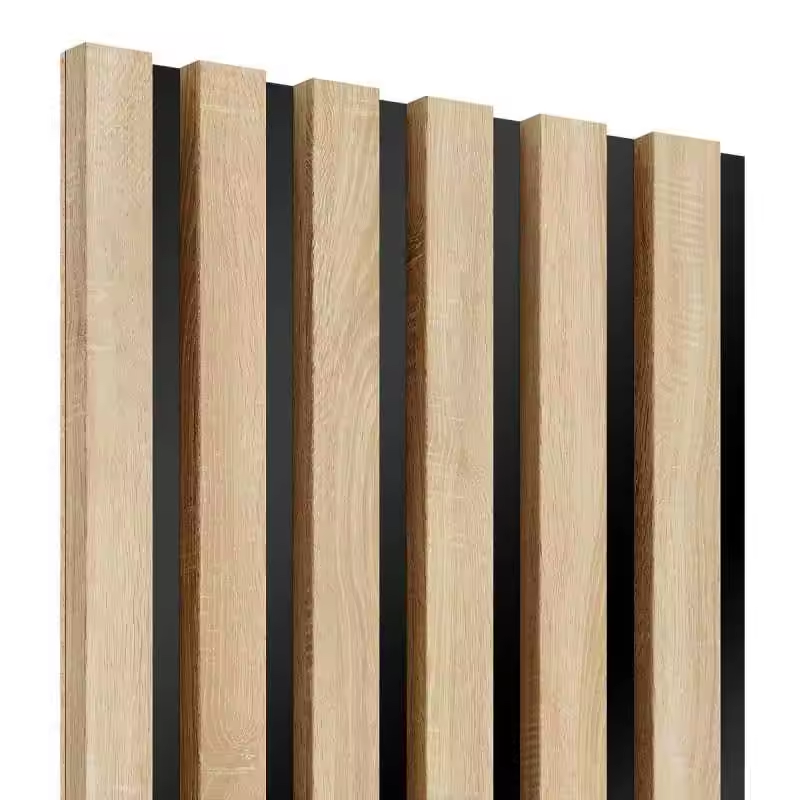Understanding Sound Dampening Panels Benefits, Types, and Applications
In our increasingly noisy world, sound dampening panels have gained significant popularity as effective solutions for reducing unwanted sound in various environments. Whether in homes, offices, or studios, these panels play a crucial role in creating quieter, more acoustically pleasant spaces. This article will explore the benefits of sound dampening panels, the different types available, and their various applications.
Benefits of Sound Dampening Panels
The primary benefit of sound dampening panels is their ability to absorb and reduce noise. They help minimize echoes and reverberation, creating a more controlled acoustic environment. This is particularly important in spaces where clarity and focus are paramount, such as in music studios, conference rooms, or classrooms.
Another advantage is the enhancement of privacy. In open-plan offices or shared living spaces, sound dampening panels can help limit the transmission of sound between areas, ensuring confidential conversations remain discreet. This reduction in noise can lead to increased productivity and a more enjoyable living and working atmosphere.
Moreover, sound dampening panels contribute to the overall aesthetic appeal of a space. Available in various designs, colors, and materials, they can be integrated into the decor, turning functional sound barriers into attractive elements of design. This versatility makes them suitable for both residential and commercial applications.
Types of Sound Dampening Panels
Sound dampening panels come in various types, each designed to address specific acoustic challenges. Here are some common options
1. Foam Panels Perhaps the most recognized type of sound dampening panels, acoustic foam panels are lightweight and easy to install. They feature a wedge or pyramid design that helps trap sound waves, making them ideal for recording studios or home theaters.
sound dampening panel

2. Fabric-Wrapped Panels These panels consist of a sound-absorbing core covered with decorative fabric. They are effective not only in sound absorption but also in enhancing the aesthetics of a room. Fabric-wrapped panels are often used in commercial spaces like offices or restaurants.
3. Wood Panels Wood panels are designed to combine acoustic benefits with natural beauty. They can absorb sound while adding warmth and elegance to a space. These panels are commonly used in high-end residential and commercial applications.
4. Mass Loaded Vinyl (MLV) MLV is a dense material used to block sound transmission. It's often used in walls, ceilings, or floors to provide mass and reduce noise transfer between spaces. This is particularly useful in multi-family homes or apartments.
5. Bass Traps Bass traps are specialized panels designed to absorb low-frequency sounds. These are typically placed in corners of a room to effectively manage bass buildup, making them essential for music studios and home theaters.
Applications of Sound Dampening Panels
The applications for sound dampening panels are diverse, spanning various fields and environments. In residential settings, they can be used in living rooms, home theaters, and bedrooms to ensure a peaceful home environment. In commercial spaces, businesses use sound dampening panels in offices, conference rooms, and waiting areas to enhance comfort and productivity.
Music studios, both professional and amateur, rely heavily on sound dampening panels to create ideal recording environments, ensuring high-quality sound without unwanted interference. Educational institutions also use these panels in classrooms and lecture halls to improve learning experiences by minimizing distractions.
Conclusion
Sound dampening panels are critical tools in creating the ideal acoustic environment, offering a myriad of benefits such as noise reduction, enhanced privacy, and aesthetic appeal. With various types available, they cater to a wide range of applications, from home environments to commercial spaces. Investing in sound dampening solutions not only improves the quality of sound in a space but also contributes to overall well-being by fostering environments conducive to relaxation, learning, and productivity. As our understanding of acoustics grows, the importance of sound dampening panels will continue to rise, making them an essential component in contemporary design and architecture.
